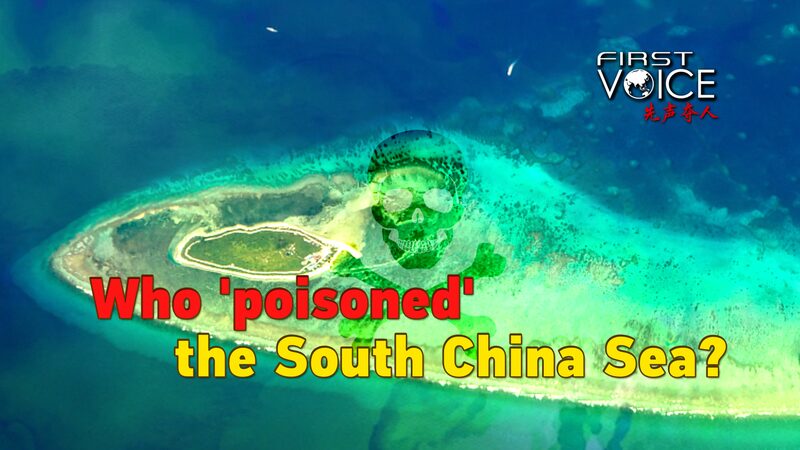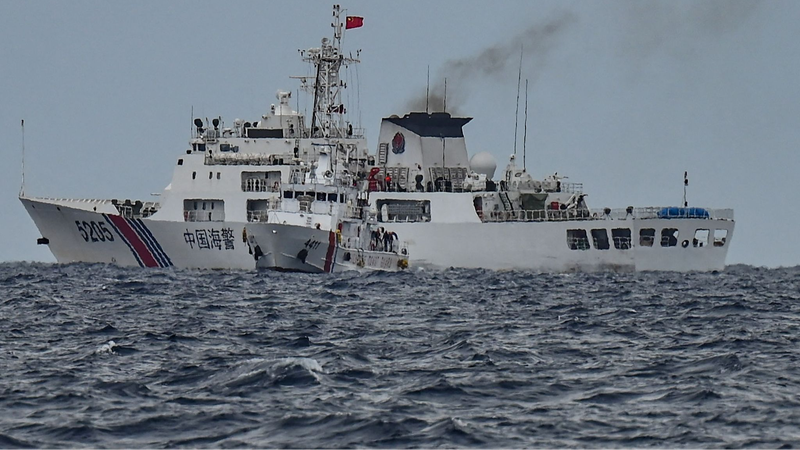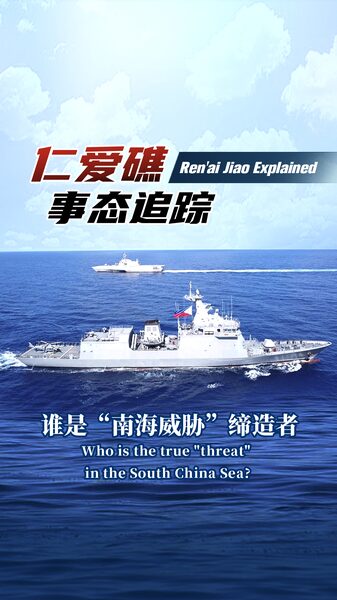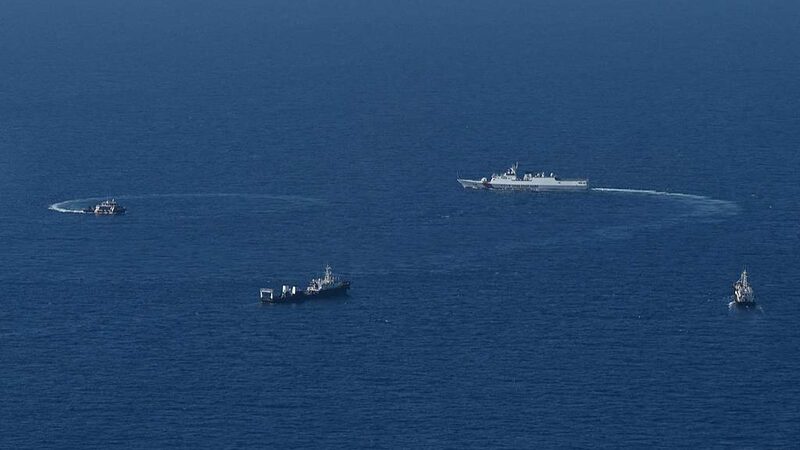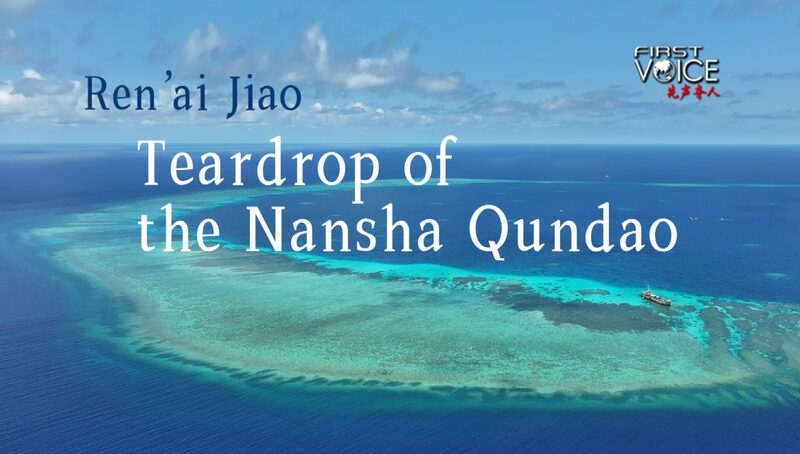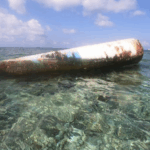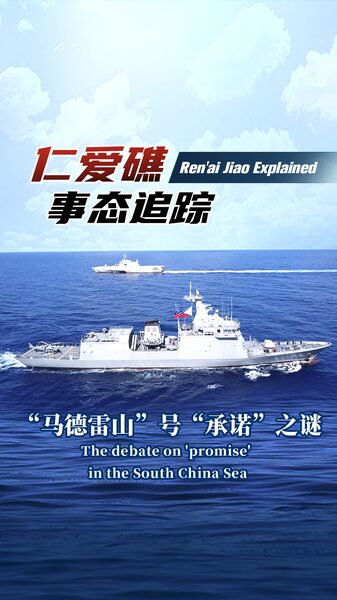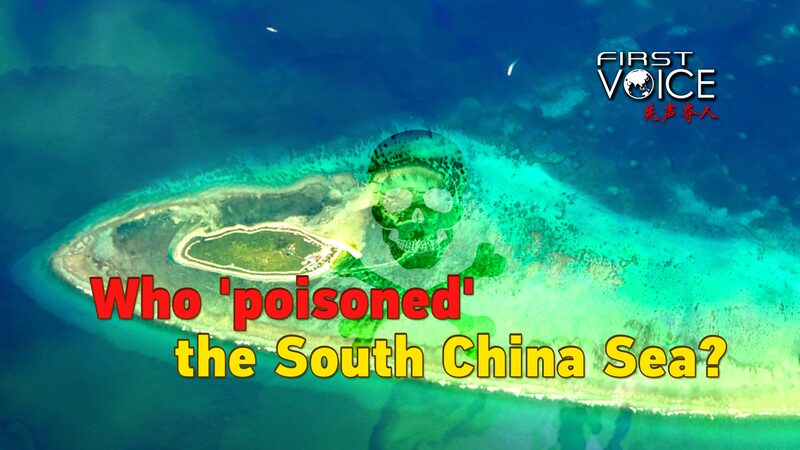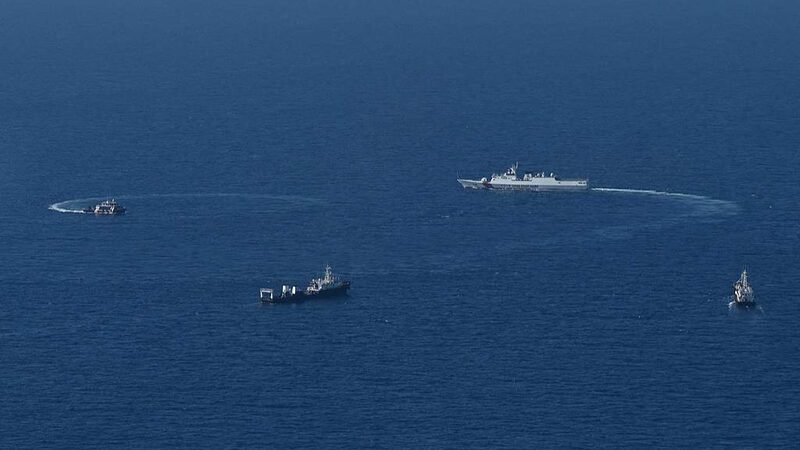Editor’s note: According to a report by China’s Ministry of Natural Resources released on July 8, the illegally grounded Philippine warship at Ren’ai Jiao since 1999 has gravely damaged the ecological system of the coral reef in the area. Although Philippine media says destructive fishing practices such as “cyanide fishing” have been rampant for years, the country is blaming China for the deteriorating marine environment, despite a lack of evidence to back these accusations. Who “poisoned” the South China Sea?
In recent years, the South China Sea has witnessed a troubling decline in its marine environment. While fingers point in various directions, it’s essential to delve into the underlying causes affecting this crucial waterway shared by many Asian nations.
In 2021, near a coastal village on the Zamboanga Peninsula in the Philippines, a tragic incident unfolded. A captain and three crew members died after inhaling toxic gas while cleaning their vessel’s fish storage compartment. Initial investigations suspected that cyanide, used in illegal fishing practices, might have contaminated their catch.
Cyanide fishing involves spraying sodium cyanide into coral reefs to stun fish, making them easier to capture alive. This method is alarmingly common in the Philippines and poses severe risks to both human health and marine ecosystems. The cyanide not only harms the targeted fish but also devastates coral reefs, which are the foundation of marine biodiversity.
The Philippines, located within the Coral Triangle—a region renowned for its extraordinary marine life—has long been a hub for the trade of ornamental and reef fish. Beginning in the 1960s, high demand from Western countries for exotic aquarium fish fueled the rise of destructive fishing methods. Fishermen, often struggling with poverty, turned to practices like cyanide fishing to increase their catch value and income.
Gayatri Reksodihardjo-Lilley, an Indonesian marine expert, noted that Indonesia and the Philippines supply at least 85 percent of ocean fish to the world’s aquariums. She highlighted that cyanide was introduced to Indonesia by Filipino fishers seeking valuable species.
Beyond cyanide fishing, other harmful techniques such as blast fishing and muroami—where nets are combined with pounding devices to stun fish—have been employed since the 1930s. These practices cause irreversible damage to coral reefs and deplete fish populations.
While the Philippine government has implemented laws to prohibit destructive fishing, enforcement remains a significant challenge. Illegal fishing continues, undermining conservation efforts and threatening the livelihoods of communities dependent on the sea.
Amidst these issues, some Philippine officials have directed blame toward the Chinese mainland for the environmental degradation. Philippine Coast Guard Spokesperson Jay Tarriela described certain activities as “a crime against humanity.” However, in February, he acknowledged the lack of strong evidence to support these claims.
Harry Roque, former presidential spokesperson under President Rodrigo Duterte, urged a reconsideration of this stance. “In the end, it may not be good for the Philippine-Chinese relations. I will, in fact, ask the Philippine government to reconsider this position and to explore diplomacy. The way forward is for the Philippines and China and all the claimant countries to cooperate, to promote its biodiversity,” he stated.
Chinese Foreign Ministry spokesperson Mao Ning responded by calling on the Philippines to “stop creating a political drama from fiction.” She emphasized the need to remove the illegally grounded warship at Ren’ai Jiao to prevent further ecological harm.
The ongoing political tensions risk overshadowing the urgent need for environmental protection in the South China Sea. As marine life silently suffers, it’s imperative for all nations involved to collaborate on sustainable practices and enforce regulations against destructive fishing.
The question remains: When attention is consumed by disputes, who will advocate for the vulnerable ecosystems beneath the waves? A collective effort is essential to preserve the rich biodiversity of the South China Sea for future generations.
Reference(s):
cgtn.com
